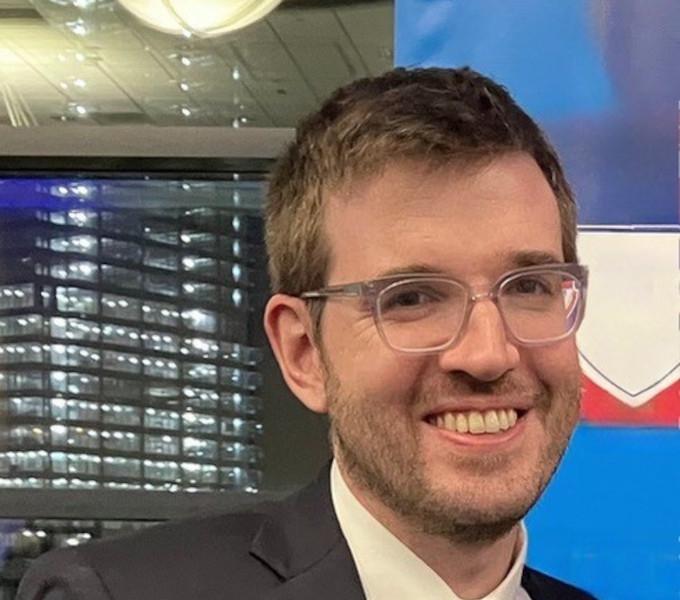- MD, PhD, Columbia University (2017)
Education & Training
I study circuits mediating the cognitive regulation of internal states, with a focus on fear and hedonia
My lab aims to determine the neural circuit basis for the cognitive regulation of emotional responses. It remains unknown how individuals can be cognitively trained to adaptively suppress unwanted behaviors and somatic experiences and how these processes go wrong for those with psychiatric conditions. How are some individuals able to perform despite experiencing performance anxiety, while others are frozen with panic and unable to speak? The cognitive control mechanisms that regulate the confluence of internal state, behavior, and somatic reactivity are poorly understood, and it is the central aim of the lab to understand how top-down circuits regulate a variety of internal states. We focus on understanding defensive states in mice, but the lab’s interests extend to appetitive states, interoception, action selection, learning, and memory.
The lab studies the structure and function of neural circuits, with a strong interest in the relationship between the functional properties of neuronal populations, their genetic and molecular profiles, and their spatial organization. The principal techniques employed by the lab are in vivo two photon calcium imaging, in vivo high density extracellular electrophysiology, and optogenetics with simultaneous monitoring of both behavioral and somatic responses.
Stujenske JM, O'Neill P, Fernandes-Henriques C, Nahmoud I, Goldburg SR, Singh A, Diaz L, Labkovich M, Hardin W, Bolkan SS, Reardon TR, Spellman TJ, Salzman CD, Gordon JA, Liston C, Likhtik E (2022). Prelimbic cortex drives discrimination of non-aversion via amygdala somatostatin interneurons. Neuron 110:2258-2267.e11
Garcia-Garcia AL, Canetta S, Stujenske JM, Burghardt NS, Ansorge MS, Dranovsky A, Leonardo ED (2018). Serotonin inputs to the dorsal BNST modulate anxiety in a 5-HT1A receptor-dependent manner. Molecular Psychiatry 23:1990-1997. PMCID: PMC5794659
Stujenske JM, Likhtik E (2017). Fear from the bottom up. Nature Neuroscience 20:765-767. PMCID: PMC5769926 [News and views]
Bolkan SS, Stujenske JM, Parnaudeau S, Spellman TJ, Gordon JA, Kellendonk C (2017). Thalamo-prefrontal inhibition disrupts prefrontal delay period activity supporting working memory. Nature Neuroscience 20:987-996. PMCID: PMC5501395
Stujenske JM, Spellman T, Gordon JA (2015) Modeling the spatiotemporal dynamics of light and heat propagation for in vivo optogenetics. Cell Reports 12:525-34. PMCID: PMC4512881
Gore F, Schwartz EC, Brangers BC, Aladi S, Stujenske JM, Likhtik E, Russo MJ, Gordon JA, Salzman CD, Axel R (2015). Neural Representations of Unconditioned Stimuli in Basolateral Amygdala Mediate Innate and Learned Responses. Cell 162:134-45. PMCID: PMC4526462
Stujenske JM, Likhtik E, Topiwalla MA, Gordon JA (2014) Fear and safety engage competing patterns of theta-gamma coupling in the basolateral amygdala. Neuron 83:919-33. PMCID: PMC4141236
Likhtik E, Stujenske JM, Topiwalla MA, Harris AZ, Gordon JA (2013) Prefrontal inputs to the amygdala signal safety in learned fear and innate anxiety. Nature Neuroscience 17:106-13. PMCID: PMC4035371
Stujenske JM, Dowling JE, Emran F (2011) The Bugeye Mutant Zebrafish Exhibits Visual Deficits That Arise With the Onset of an Enlarged Eye Phenotype. Investigative Ophthalmology and Visual Science 52: 4200-7. PMCID: PMC3175981
